
In recent months, E&P’s “Reporting On” series has taken a look at the real-world challenges journalists and newsrooms face as they inform the public about times of crisis and issues of national importance. The American people will hear a lot about immigration in the coming months as the nation braces for a contentious mid-term election. Like abortion, gun legislation and civil rights, immigration is politically expedient and evergreen. You can anticipate border and caravan coverage like the certainty of the tides.
Politicians and pundits will dumb it all down, reducing the issue to incendiary talking points, while journalists are dialed in on the real stories of policy and people, of desperation and resilience, of tenacity, hope and ambition, of injustices and victories. They’re stories of international and national concern but also just as important to local communities — and local newsrooms — across the entire country.
From a newsroom perspective, consider the magnitude of “immigration” as a coverage issue. There are seemingly endless tentacles and facets — economics and migrant workers; the path to citizenship and Dreamers; public policy and foreign policy; borders and ports; security and crime; politics, visas, and most important of all, the people who come seeking new opportunities in the United States of America.
“Immigrants are naturally proactive, resilient and brave people,” Hannah Dreier said. “They’ve left their home countries, which itself is hard to do.”
Dreier was just two months into her new role as an investigative reporter for The New York Times when she spoke with E&P about her career reporting on immigration. Before joining The Times’ investigative team, she reported for The Washington Post, ProPublica and The Associated Press, for which she was a correspondent covering Venezuela.
Dreier’s work for ProPublica, chronicling immigrant communities being terrorized by MS-13 gangs, earned her a Pulitzer Prize in 2019.
Since the issue is deep and complex, it’s interesting to see how newsrooms and reporters decide which stories to chase down.
“I tend to choose stories where the person at the center of the story is fighting for something; they’re on a quest or a mission. I find those are easier stories to tell narratively, and I’m always struck by the resilience of the people I’m writing about,” Dreier explained. She feels a narrative style of journalism helps to “seduce the reader,” drawing them into a story that matters — should matter to them — and keeping them engaged until the very end.
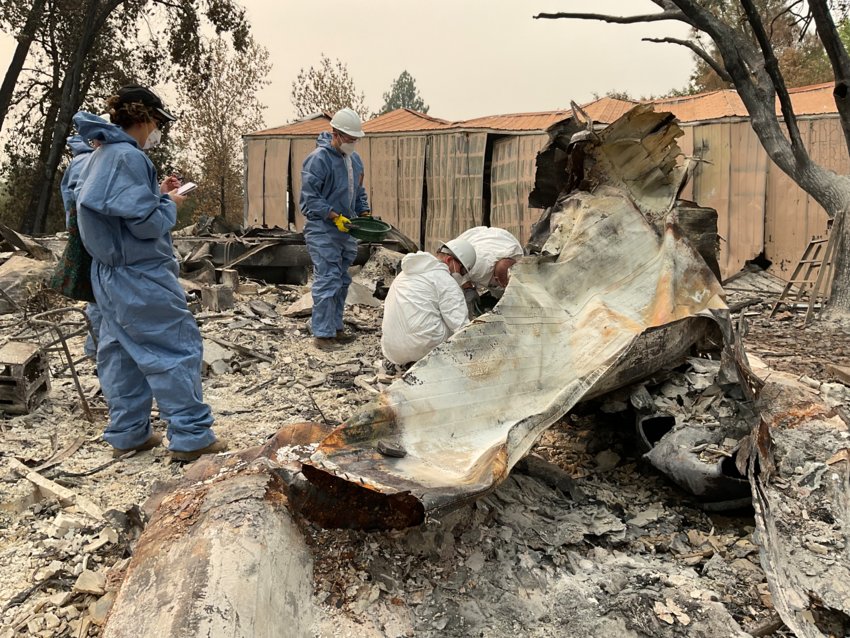
“The stories can be depressing and emotionally grueling, but I tend to take a lot of inspiration from the people behind them,” she said. Typically, the stories she writes are born out of curiosity and conversation.
“I always find that you can never really decide what the story is in the office,” Dreier said. “And an immigration story can be anything at all. When I first started reporting on the MS-13 story for ProPublica, I had it totally backward. I’d set out to go to Long Island because Trump had just been there, talking about how MS-13 was such a menace there, turning parks into killing fields, going after white children. He was creating this bogeyman, I thought, thinking it’s not likely MS-13 gang members are walking into suburban schools and kidnapping white kids.
“But when I got there, I started talking to immigrants whose lives had been turned upside down by the gangs. … And the police weren’t doing anything about it. They were struggling to get help, so I realized this was really a policing story as much as it was an immigration story,” she said.
Dreier recounted how relieved the sources were to finally tell their story to someone who listened earnestly.
“I find that when you start talking to people who’ve been through incredibly tense situations, they’ll tell you their stories in such a vivid way,” she said. She finds narrative storytelling is one of the best ways to capture the honesty, emotion and grit.
The work has been profound, difficult and yet fulfilling.
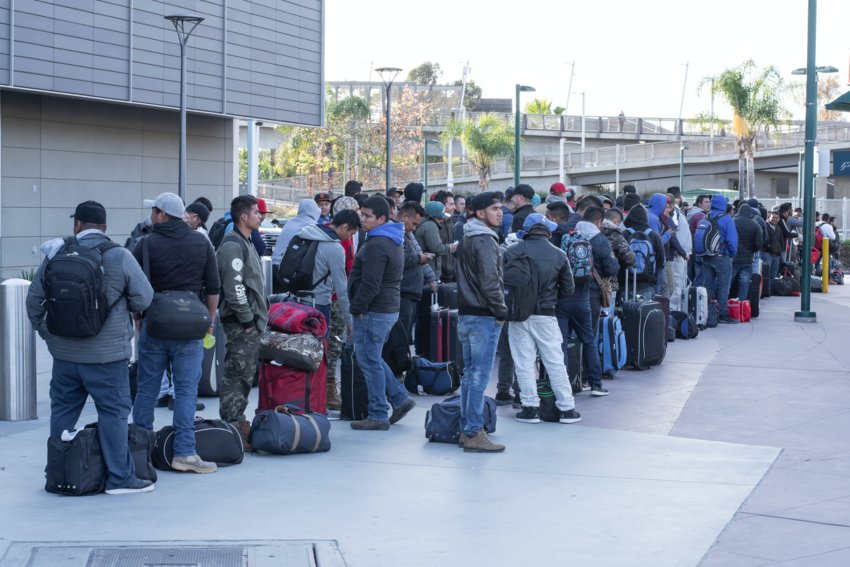
“There was one story I wrote during the Trump administration about kids who were coming across the border as asylum seekers and required to go to therapy sessions. The notes from their therapy sessions were being turned over to I.C.E., to be used in courtrooms,” Dreier recalled. That practice was halted expressly because of that journalism.
One of the greatest challenges of reporting on immigration is logistical, Dreier explained. Accessing immigration court records is tedious and often requires the reporter to physically go to a courthouse to search for them. She lauded the University of Syracuse’s TRAC (Transactional Records Access Clearinghouse), which is working to make the court system less opaque.
“I wish there was a Pacer-type system for accessing immigration court filings,” she said.
Another challenge is engaging readers in the “fundamentals” of immigration, which can be practical but academic and droll. There may be more clever ways to message that information than long-form narration. She cited an interactive game that ProPublica produced a number of years ago that guided virtual “asylum seekers” on a path to citizenship. It gave the player a better understanding of the obstacles that line that path.

Asked what she personally finds frustrating or misunderstood about U.S. immigration, Dreier pulled no punches, referring to the immigration “system” as broken and explaining how demoralizing it is that there is no political will in Congress even to address the “fixable” parts.
“The whole discourse around immigration can be frustrating, from all sides of the political spectrum,” she suggested. “It’s one of these issues where if you were to go back 20 years and look at the reporting then, it feels like nothing's changed. I'll read a story from the '90s, and it could have been written yesterday.”
One way to cut through the polarizing politics is to focus every story on the people who are affected in it and by it.
The pandemic presented an opportunity for Dreier to take a two-year break from reporting on immigration. It proved restorative and a professional “luxury” that most beat reporters aren’t afforded. Burnout happens on this beat.
Because the beat is demanding and often requires bearing witness to traumatic moments, E&P asked Dreier about the impact on a reporter’s mental well-being.
“I feel ambivalent about the idea of secondary trauma. I feel like my life is so much easier than for the people I’m writing about,” she said.
She doesn't seek out stories that are purely about woe and struggle. She doesn’t like to read those types of stories, and she said immigrants, like anyone, are not one-dimensional in their despair, even as they flee the most dangerous or untenable situations. There is always more to their story, and the reporter’s job is to uncover and tell it honestly and with particular care.
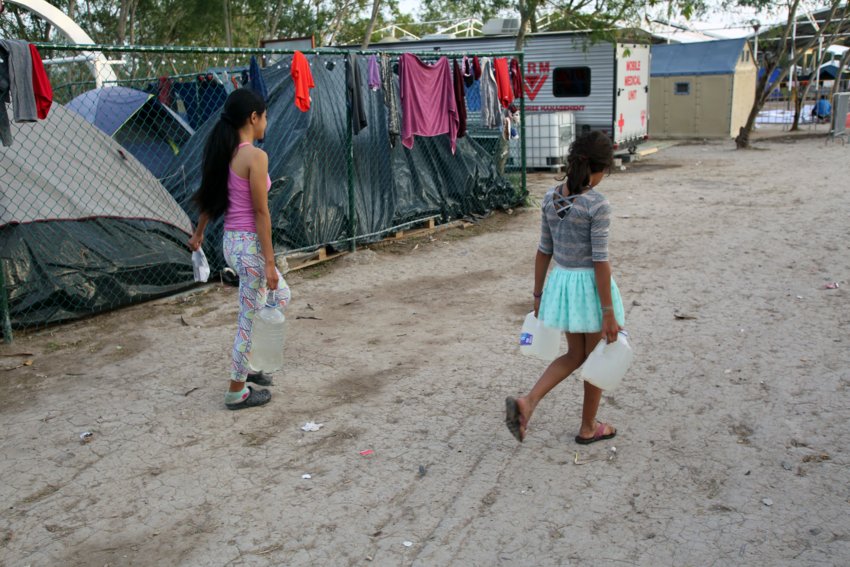
“We have to be cognizant that there is actual danger for asylum seekers,” she said. “There are 100,000 kids crossing the border every year, most of them fleeing some kind of violence. So, when you start trying to tell those stories, you often run into real credible threats of violence against the person you're writing about. That can be terrifying because your writing could get someone killed.”
Dreier is in good company. There are many accomplished journalists doing profoundly important work in this realm. She lauded the work of Caitlin Dickerson at The Atlantic, ProPublica’s Ginger Thompson, and her New York Times colleague, Miriam Jordan, among others.
She said one of the misconceptions about reporting on immigration is that journalists must be fluent Spanish speakers. Of course, immigration transcends all the world’s many languages, but certainly it especially helps if you know a little Spanish and aren’t afraid to clumsily articulate phrases when speaking with a native Spanish speaker, she suggested.
“I feel it’s helpful to be ‘sloppy’ because it sort of breaks down the power dynamic when you show that you're vulnerable and make mistakes. But I think not being able to speak Spanish fluently may be one reason why more people don't go into immigration reporting,” Dreier concluded.
Changing perspectives on immigration
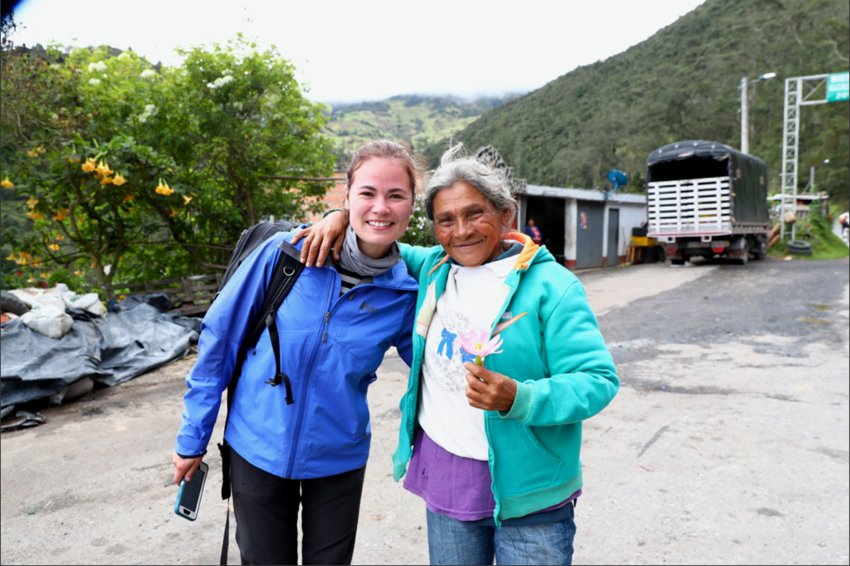
Andrea Castillo has been covering immigration since the start of her journalism career.
“When I started out, I was an intern, and then eventually I was hired on at The Oregonian. At that time, there were no other fluent Spanish-speaking news reporters there, so they asked me to cover the Latino community, and that went hand-in-hand with immigration. It became something I really enjoyed,” she recalled.
Castillo’s mother is an immigrant who came to the U.S. from Venezuela. Growing up, she became aware of how she didn’t see stories in the press about people like her mother, but she didn’t intentionally go into journalism to right that wrong. A college professor first suggested the idea.

Her reporting at The Oregonian spanned many other issues beyond immigration, but it was the issue about which she was most passionate and wanted to focus on it as her career path unfolded. In 2017, she went to work for the Los Angeles Times, covering immigration.
At the Los Angeles Times, Castillo is one member of a small team of reporters covering immigration. Some have a particular focus — for example, women, Asian communities, Latino communities or the southern border — but they have autonomy and freedom to pursue any stories of interest to the public. Their newsroom sometimes collaborates with the immigration team at the San Diego Union-Tribune, especially on border coverage.
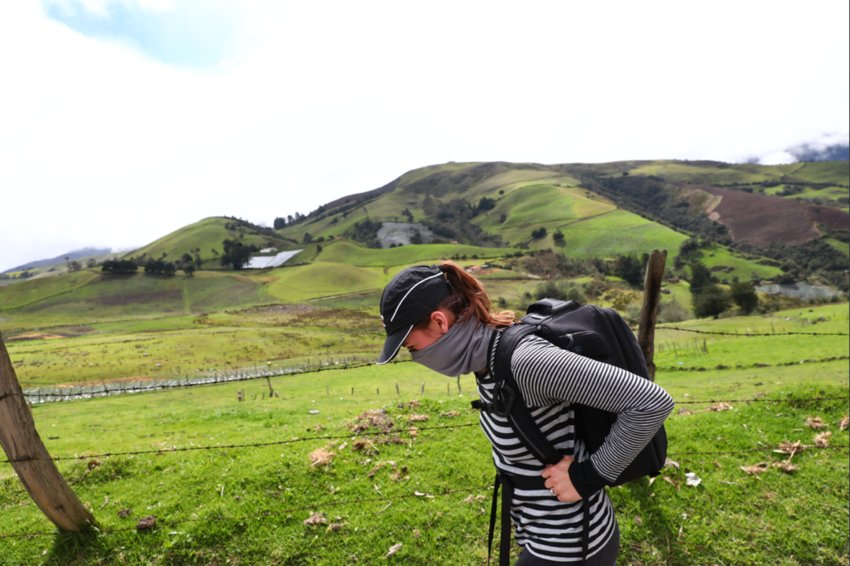
Castillo has been reporting on immigration since the Obama Administration, and one of the things she’s observed is that the public is generally better informed about immigration today. In fact, when she reports for the L.A. Times, she assumes that her readers have at least some fundamental knowledge of the most essential facets.
This year she moved across the country, from L.A. to D.C., to cover immigration from a new vantage point. It will broaden the scope of her coverage, allowing her to pursue more leads of national implication rather than through a California lens.
“I’m much closer to the policymakers. … I always want to make sure my stories are centered on the people that the policies are affecting, but it makes my reporting better to understand what the policymakers are thinking and doing in the background,” she said.
“Immigration is a really complex issue to understand, and I still feel like I learn something new every day, even after 11 years of paying attention to it,” Castillo said.
Asked about some of the immigration reporters she follows, she noted Martha Mendoza at the Associated Press (AP), whose reporting goes beyond immigration; Dianne Solis at the Dallas Morning News; Aura Bogado at Reveal; and Miriam Jordan and Hannah Dreier at the New York Times, and Michelle Hackman, who reports for The Wall Street Journal.

E&P spoke with Hackman, as well. She has been an immigration reporter with The Journal’s D.C. bureau for about three years. Before that, she described herself as a “pinch hitter,” someone the newsroom could easily task to any number of investigative stories. She wrote about healthcare and the Affordable Care Act. She worked on stories about education during the Betsy DeVos era at the Department of Education. When a position covering immigration opened up, it was a “lightbulb moment” for Hackman, who saw it as an opportunity to do meaningful and impactful journalism. She, too, comes from a family of immigrants.
Hackman said that her editors at the News Corp.-owned paper give her a lot of leeway in deciding on the stories to go after and how best to tell them. She breaks the reporting down into coverage “buckets” she tries to report on regularly — the border and border policy; deportation and detentions; policies related to undocumented individuals and their path to citizenship; and economics and the challenges of applying for and being granted a visa.
There are two types of visas — those granted to non-immigrants, tourists, visitors or temporary workers, for example, and immigrant visas, applied for by people who want to relocate to the U.S. permanently. In 2020 alone, the U.S. issued 4,013,210 non-immigrant visas. Comparatively, just 240,526 immigrant visas were granted that same year, according to travel.state.gov.
“There are companies that need to recruit abroad because we don’t have enough engineers or doctors, but they’re struggling because of immigration policy changes,” she said, offering an example of a story that has international scope but local impact that’s real and measurable.
“For a lot of Wall Street Journal’s readers, business immigration issues are really relevant, either because they’re employers or they’ve gone through the system themselves,” Hackman said. “I think it is really helpful for readers to be reminded that immigrants are not just people from Mexico crossing the border. Immigrants are from India, Portugal and all over the world. I think it helps to have that mix of coverage, and it resonates with our readers.”

Hackman believes that readers and the general public become interested in immigration for four primary reasons. They want to understand what’s happening at the southern border when it seems “out of control.” They worry about security, crime and the rule of law.
Others become engaged in immigration simply because “they are uncomfortable with the fact that a lot of immigrants are coming to the country,” Hackman explained.
There are members of the public who pay attention, especially when there’s news of human rights abuses or failures of policy — when they see asylum seekers detained in unsuitable or inhumane conditions or children separated from parents, she suggested. “Then, you have the people who are in the midst of navigating the immigration system themselves.”

Hackman describes reporting on immigration as “extremely complicated” and a beat that teaches her something new every day. It also leads her down some strange paths. “I once wrote a story about how people’s citizenship applications weren’t being approved because all their paperwork had been lost in an underground storage facility,” she recalled.
Asked if she had any advice for other newsrooms covering immigration, Hackman said, “I would argue that it’s really valuable to have a person on staff who really understands how the immigration system works. I’ve heard a lot of lawyers say the immigration system is the second most complicated legal code to decipher.”
Gretchen A. Peck is a contributing editor to Editor & Publisher. She's reported for E&P since 2010 and welcomes comments at gretchenapeck@gmail.com.
Comments
No comments on this item Please log in to comment by clicking here